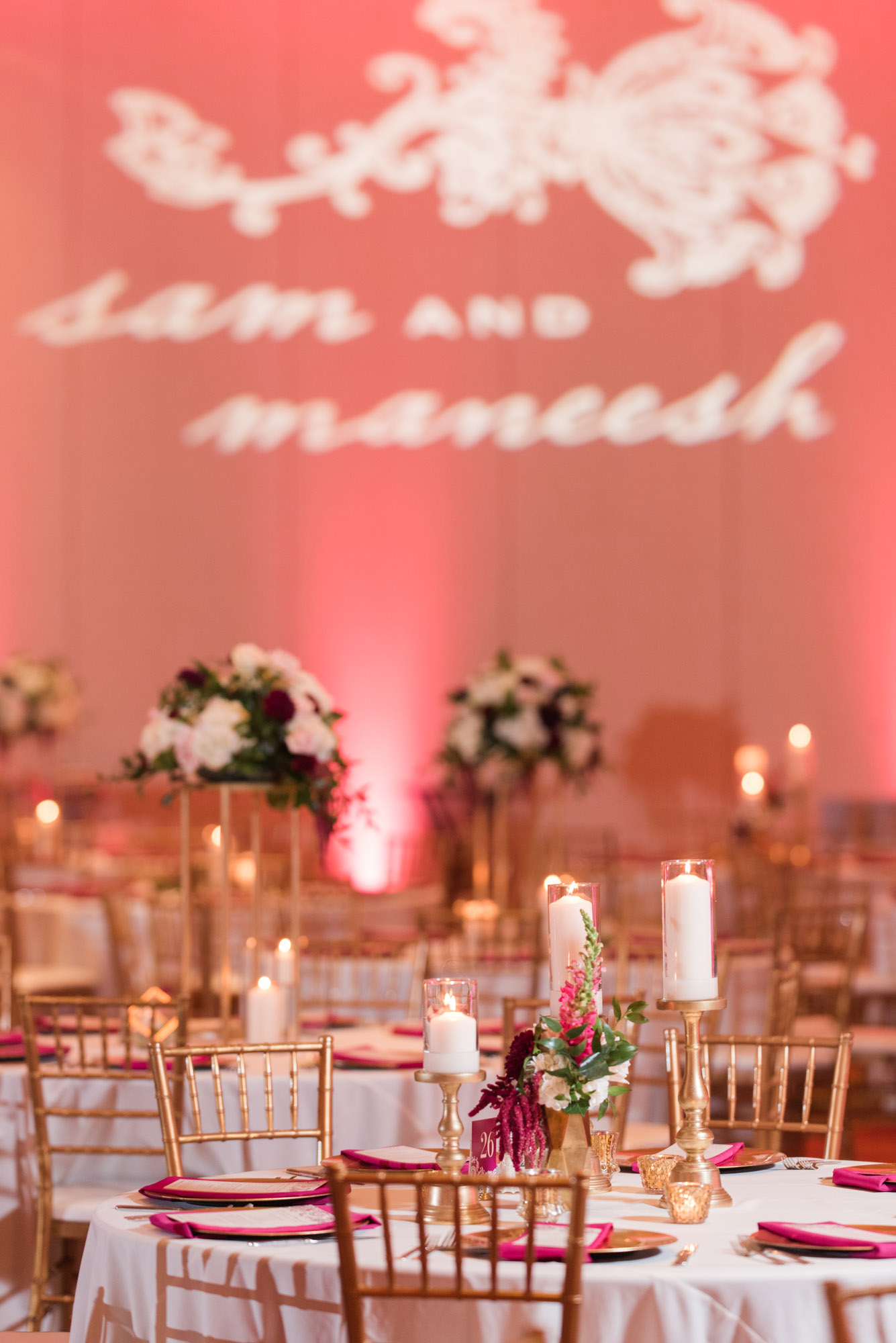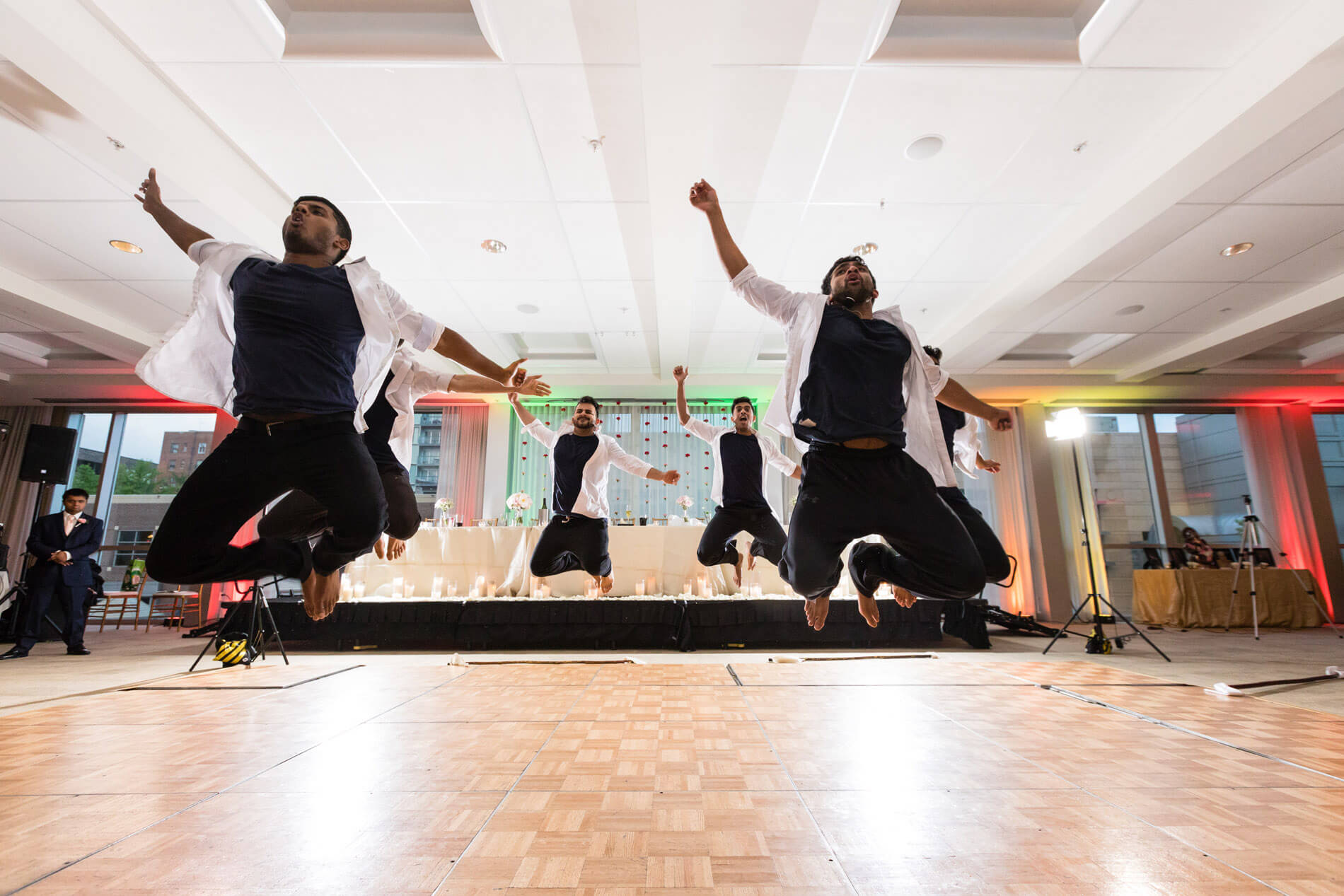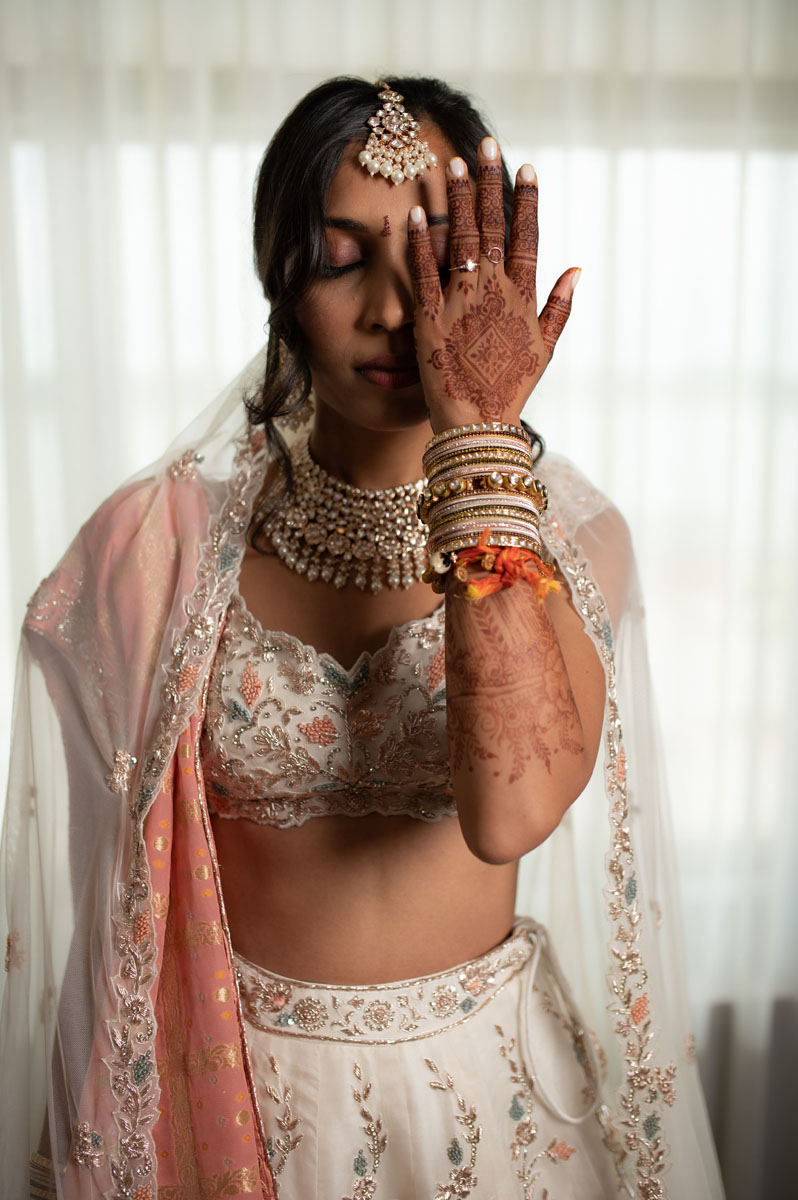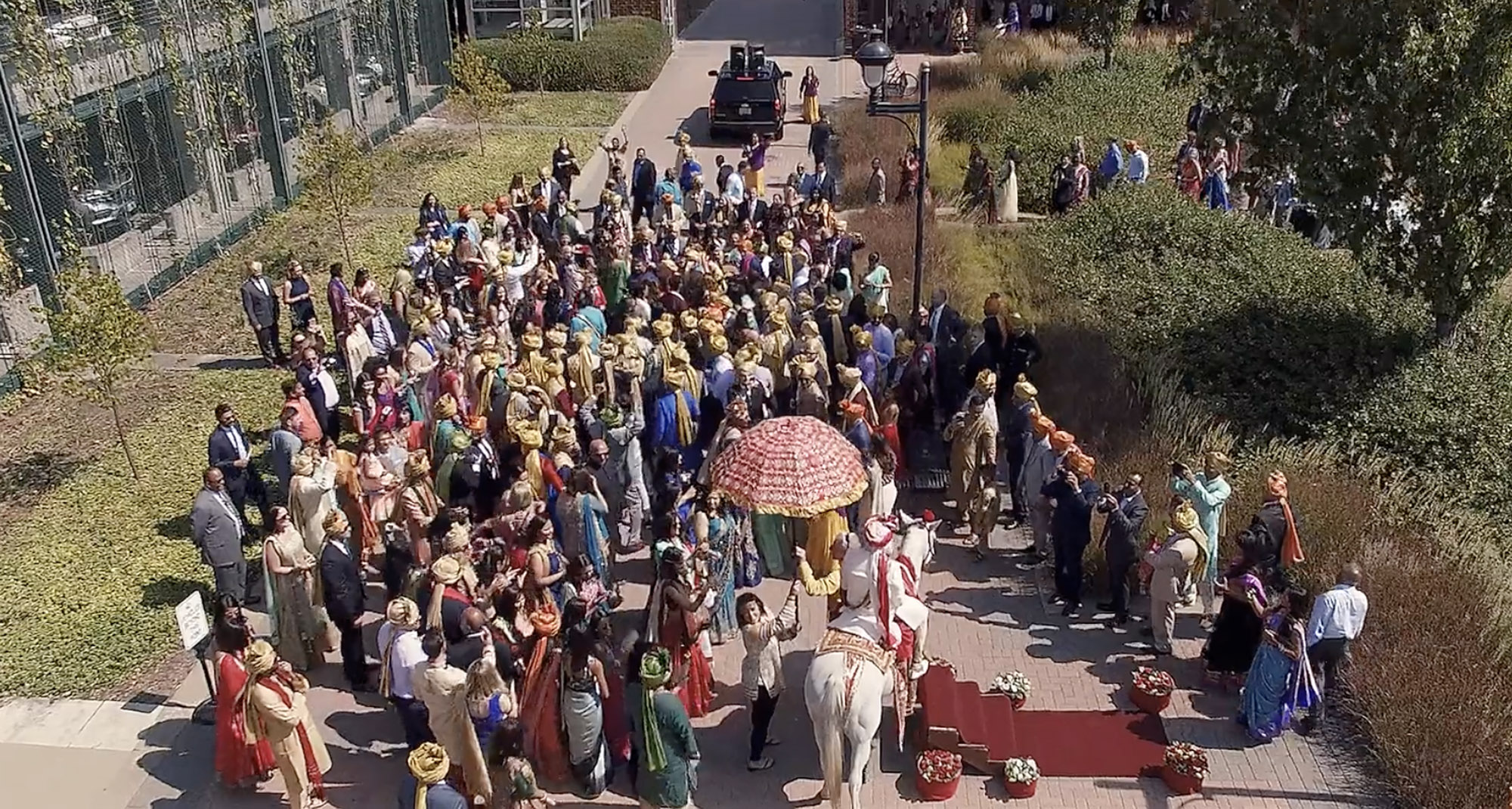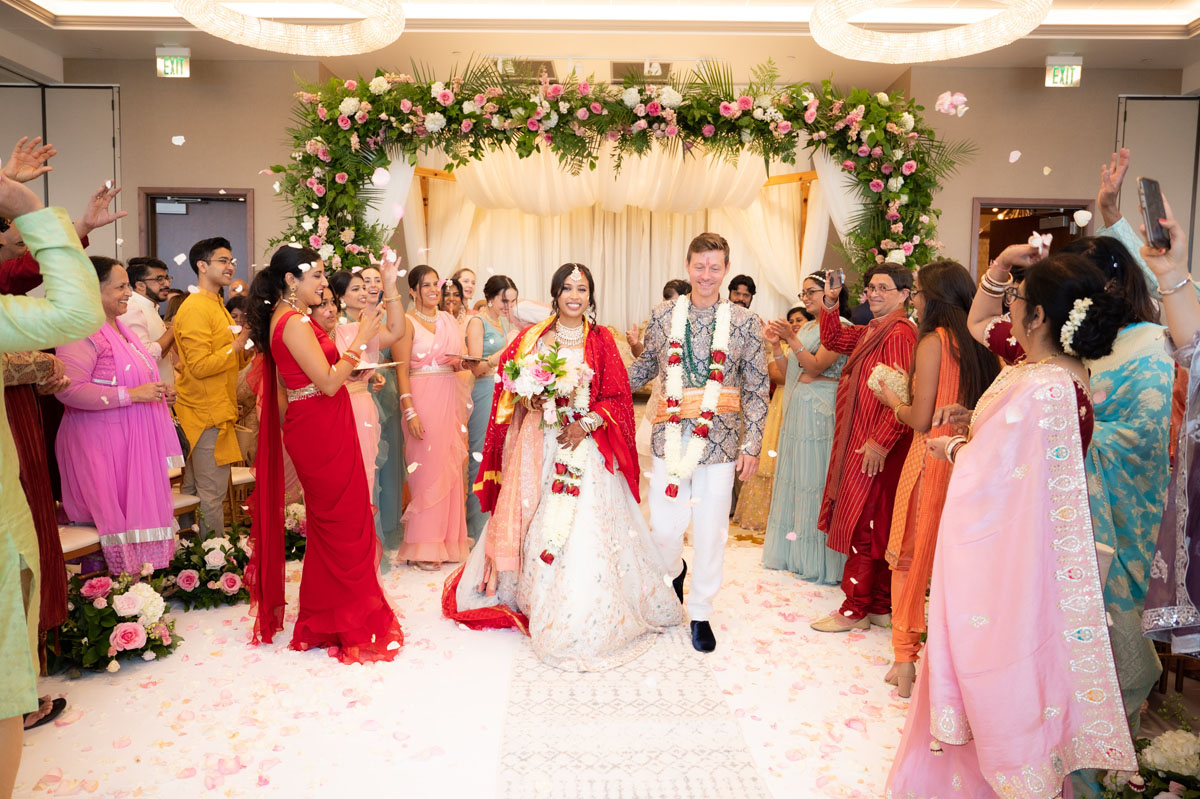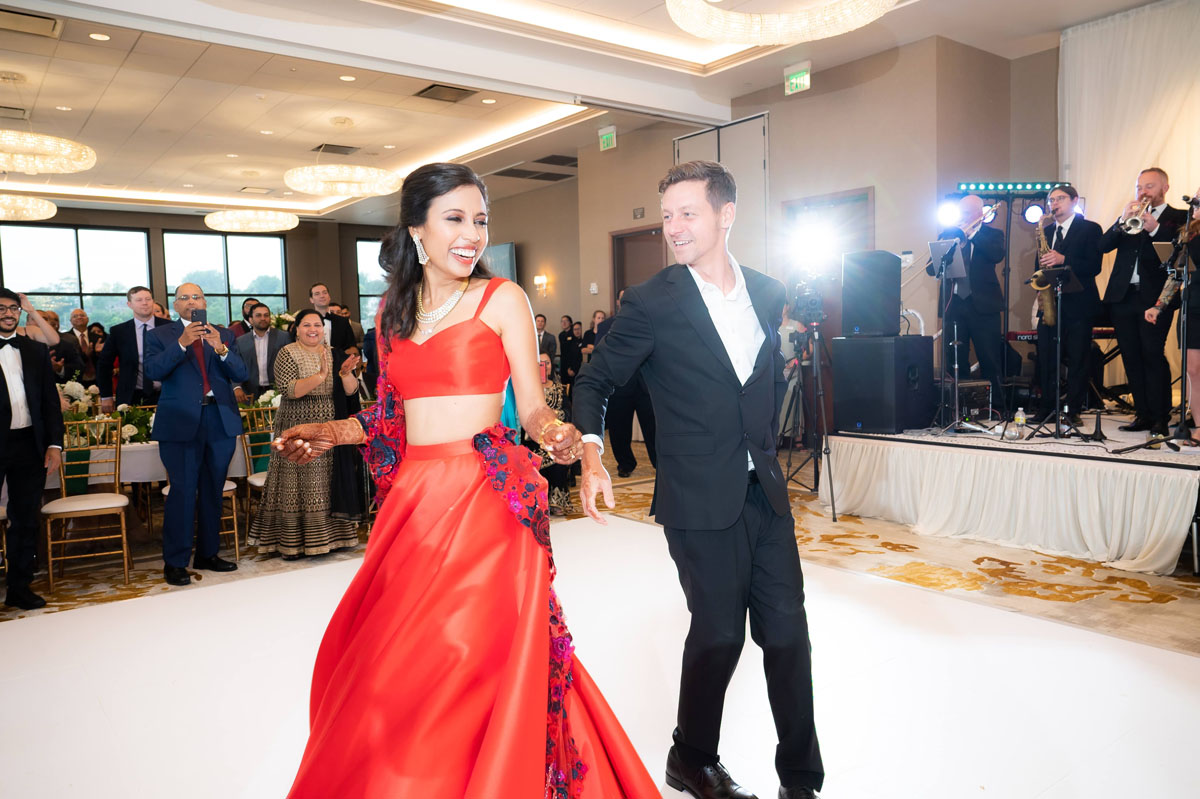Indian Weddings, South Asian Weddings, and Cultural Fusion Weddings in Iowa
Experienced Indian Wedding Planners
who understand your special wedding weekend and all the intricacies for your celebrations
We truly enjoy working with our couples for their South Asian weddings, or more commonly known as Indian weddings because their events are beautiful, colorful, and spirited. We love the details and bringing cultural traditions together to create a cohesive event that guests will remember fondly years after the weekend is over. Our main goal for every wedding is we want YOU, our couple, to be able to enjoy your day and not have to worry about a single thing because we have it all taken care of.
